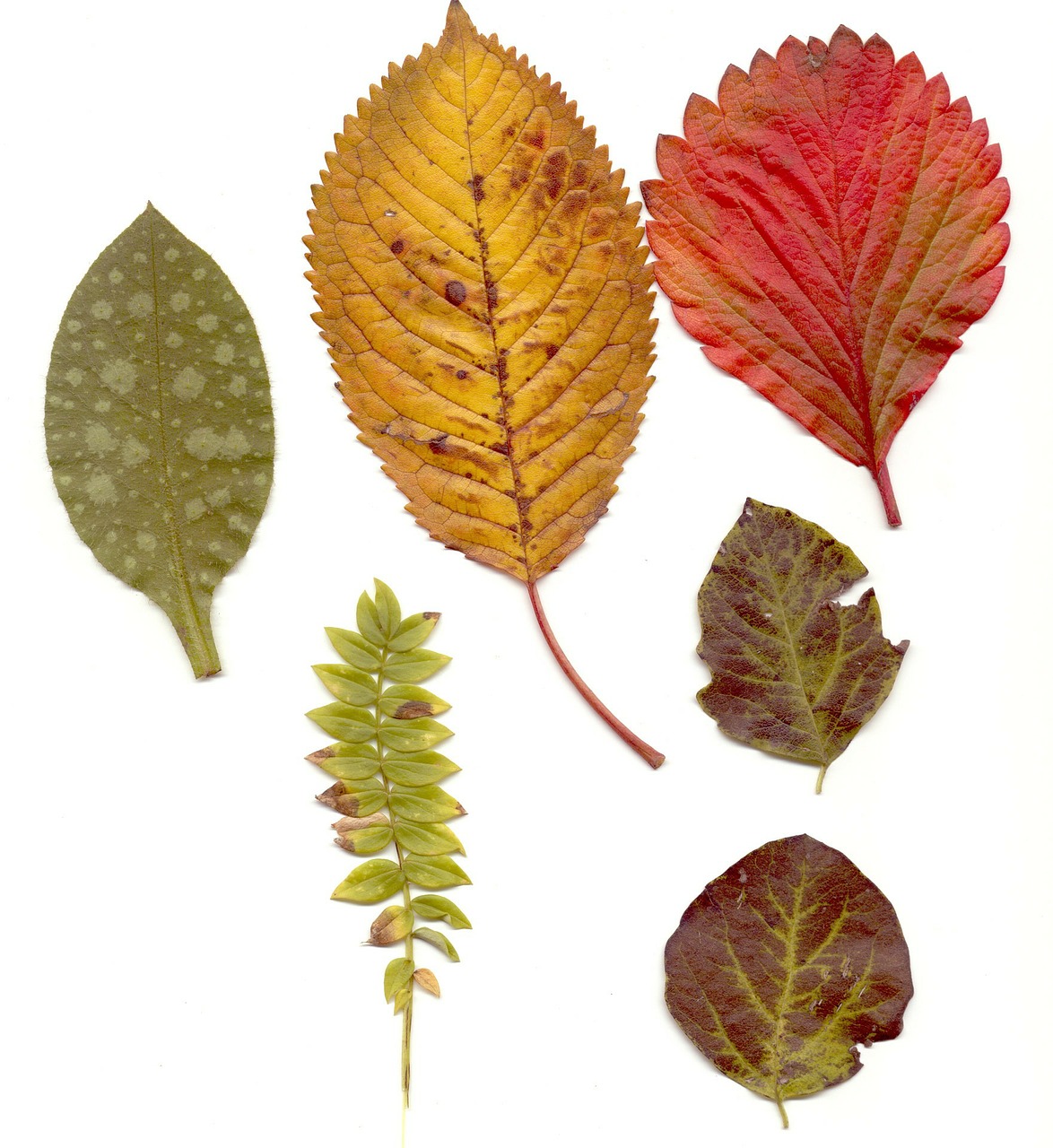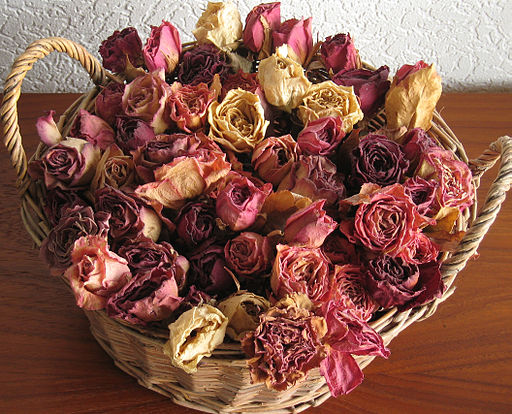How to Cut Flowers for Display

Simple tips and ideas of how to cut flowers and make them last longer.
- Cut flowers in the early morning or late evening when it is cool and their stems are better able to take up water.

Photo. Bianca Van Dijk - Remove any leaves that would otherwise be under water in the vase. This helps to keep the water fresh.
- Empty and refill vases with clean water as soon as it shows any sign of discoloring.
- Crush the bottom of woody stems to make it easier for them to take up water.
- Revive wilting flowers by plunging them up to their heads in warm water until they have recovered.
- Some flowers will take up water more easily if you stand them in 1″ (2cm) of boiling water for one minute. This method is recommended for roses, hollyhocks, and any plants which `bleed’ when you cut them, such as poppies.
- Fill your vases with fizzy lemonade instead of water. Flowers love it and will last much longer.
- Fill the hollow stems of flowers like delphiniums with water and plug them with wet cotton wool to prevent air locks.
- Cut peony stems again under running water immediately before putting them in the vase. This prevents air locks and slows the process which leaches the colour out of the flowers.
- Re-cut the stems of tulips and hellebores under water and prick the stems at 1″ (2cm) intervals with a pin. This will stop them collapsing in the vase.
- Cut carnation stems between the nodes, as they drink better that way.
- To retain the colour in cut snapdragons, put a teaspoonful of sugar in their water.
- Leave decorative gourds on the vines until the first frosts, then put them in a cool, airy place to dry for a couple of weeks before varnishing them. Leave a short stem on, as breaking off the stem leaves a wound that is susceptible to rot.
- Avoid strongly scented flowers if you have asthma sufferers in the family. Pungent scents, such as lily of the valley, can bring on an asthma attack.
- When you receive gifts of cut flowers, always check them to see if there are any suitable hits to take as cuttings. Carnations in particular often have node shoots which are suitable.
- Make foxglove ‘tea’ to add to your cut flower water. Pour boiling water on a handful of leaves and let it steep for several hours before straining it. Throw away any ‘tea’ that is left over in case anyone tries drinking it – foxgloves contain the poison digitalis.
- Add sugar to the water for cut delphiniums and larkspur.
- Add charcoal or camphor to the water for daffodils and narcissi.
- Keep daffodils in a vase on their own. As they have an adverse effect on other flowers.
- Pick nasturtiums and California poppies (Eschscholtzia californica) to enjoy’ their glowing colours indoors. They only last a few days, but need no special treatment.
- Avoid using oasis for primroses and polyanthus. They prefer plain water.
- Cut clematis for arranging just as the petals are opening. Cut them with 2′ (60cm) of stem and stand them in deep water for several hours before re-cutting them to the desired length as you arrange them. They will last twice as long in plain water as in oasis.
- Use only unscented flowers for dining-table arrangements. Over-strong scents conflict with the smell of the food and can put people off eating.
The Author:
Sophie Glard








